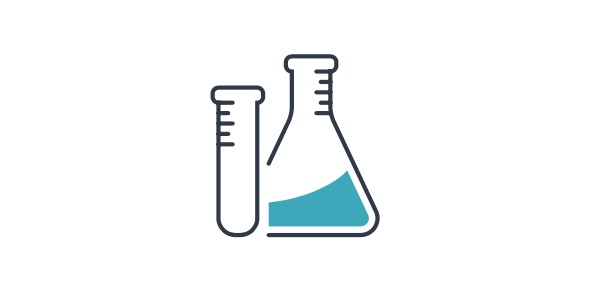7th Grade Tobacco Quiz

This is a quiz on 7th grade science about the chemical in tobacco.
Questions and Answers
- 1.
What is the addictive chemical produced from tobacco smoke?
- A.
Tar
- B.
Nicotine
- C.
Carbon Monoxide
- D.
Caffeine
Correct Answer
B. NicotineExplanation
Nicotine is the addictive chemical produced from tobacco smoke. It is a stimulant that affects the brain and central nervous system, leading to addiction. When tobacco is smoked, nicotine is rapidly absorbed into the bloodstream, causing a release of dopamine in the brain, which creates pleasurable sensations and reinforces the behavior of smoking. This addictive nature of nicotine makes it difficult for individuals to quit smoking and contributes to the high rates of tobacco addiction.Rate this question:
-
- 2.
Which chemical found in tobacco smoke is a colorless odorless gas?
- A.
Tar
- B.
Nicotine
- C.
Carbon Monoxide
- D.
Hydrogen
Correct Answer
C. Carbon MonoxideExplanation
Carbon Monoxide is the correct answer because it is a colorless and odorless gas that is present in tobacco smoke. It is produced when tobacco is burned and inhaled, and it can be extremely harmful to the body. Carbon Monoxide binds to the hemoglobin in the blood, reducing its ability to carry oxygen to the organs and tissues. This can lead to a range of health problems, including cardiovascular disease and respiratory issues. Therefore, it is important to be aware of the presence of carbon monoxide in tobacco smoke and take steps to avoid exposure.Rate this question:
-
- 3.
When carbon monoxide binds to the hemoglobin on the red blood cells, what happens?
- A.
Not enough oxygen gets into your body. You need to breathe faster to get more oxygen.
- B.
Nothing
- C.
You get more oxygen in your body.
Correct Answer
A. Not enough oxygen gets into your body. You need to breathe faster to get more oxygen.Explanation
When carbon monoxide binds to the hemoglobin on the red blood cells, it forms a stable compound called carboxyhemoglobin. This compound has a higher affinity for hemoglobin than oxygen, which means that it will bind to hemoglobin more readily and prevent oxygen from binding. As a result, not enough oxygen can be transported to the body's tissues, leading to a condition called carbon monoxide poisoning. To compensate for the lack of oxygen, the body instinctively increases the breathing rate in an attempt to intake more oxygen.Rate this question:
-
- 4.
Which chemical in tobacco smoke causes cancer?
- A.
Tar
- B.
Nicotine
- C.
Carbon Monoxide
- D.
Caffeine
Correct Answer
A. TarExplanation
Tar is the correct answer because it is a chemical present in tobacco smoke that contains harmful substances, including carcinogens. When tobacco is burned, tar is released and can be inhaled into the lungs. Tar can cause damage to the cells in the lungs and other organs, leading to the development of cancer over time. It is important to note that while nicotine and carbon monoxide are also harmful components of tobacco smoke, they are not directly responsible for causing cancer.Rate this question:
-
- 5.
Which chemical in tobacco smoke speeds up the activities of the nervous system, heart, and other organs?
- A.
Tar
- B.
Nicotine
- C.
Carbon Monoxide
- D.
Caffeine
Correct Answer
B. NicotineExplanation
Nicotine is the chemical in tobacco smoke that speeds up the activities of the nervous system, heart, and other organs. It acts as a stimulant and increases the release of certain neurotransmitters, such as dopamine, which can lead to increased heart rate, elevated blood pressure, and heightened alertness. Nicotine addiction is a major reason why smoking is so difficult to quit, as the body becomes dependent on the stimulating effects of nicotine. Tar, carbon monoxide, and caffeine are also present in tobacco smoke, but they do not have the same direct effect on the nervous system and organs as nicotine does.Rate this question:
-
Quiz Review Timeline +
Our quizzes are rigorously reviewed, monitored and continuously updated by our expert board to maintain accuracy, relevance, and timeliness.
-
Current Version
-
Mar 21, 2023Quiz Edited by
ProProfs Editorial Team -
Nov 30, 2009Quiz Created by
Mrskrist
 Back to top
Back to top


